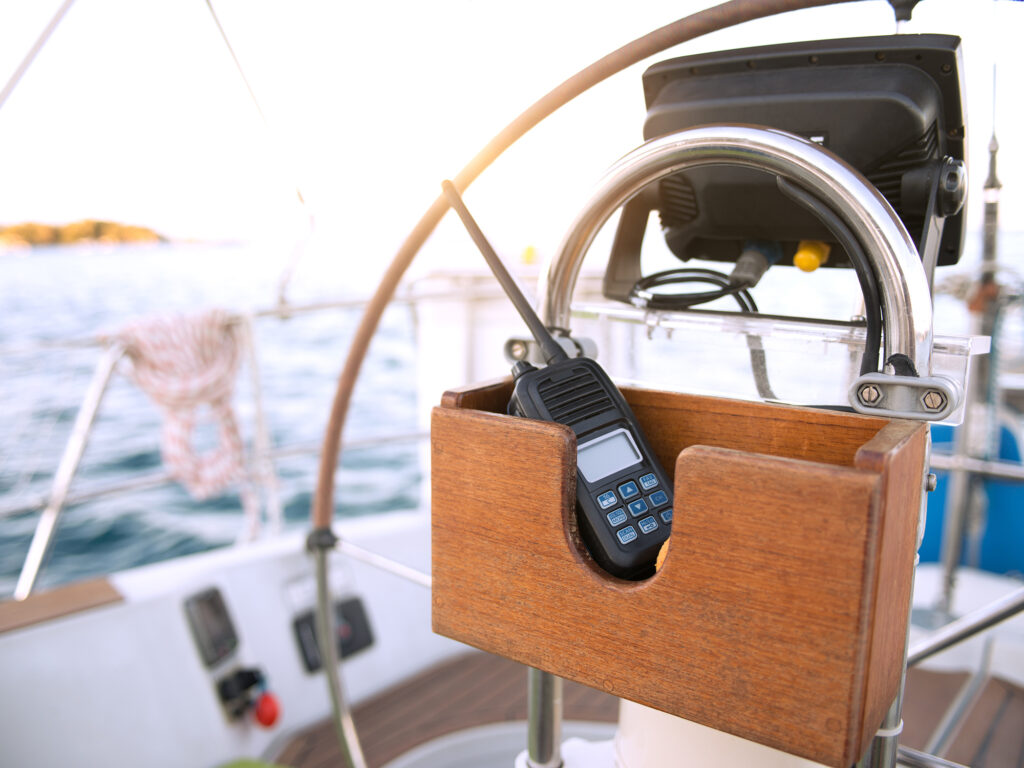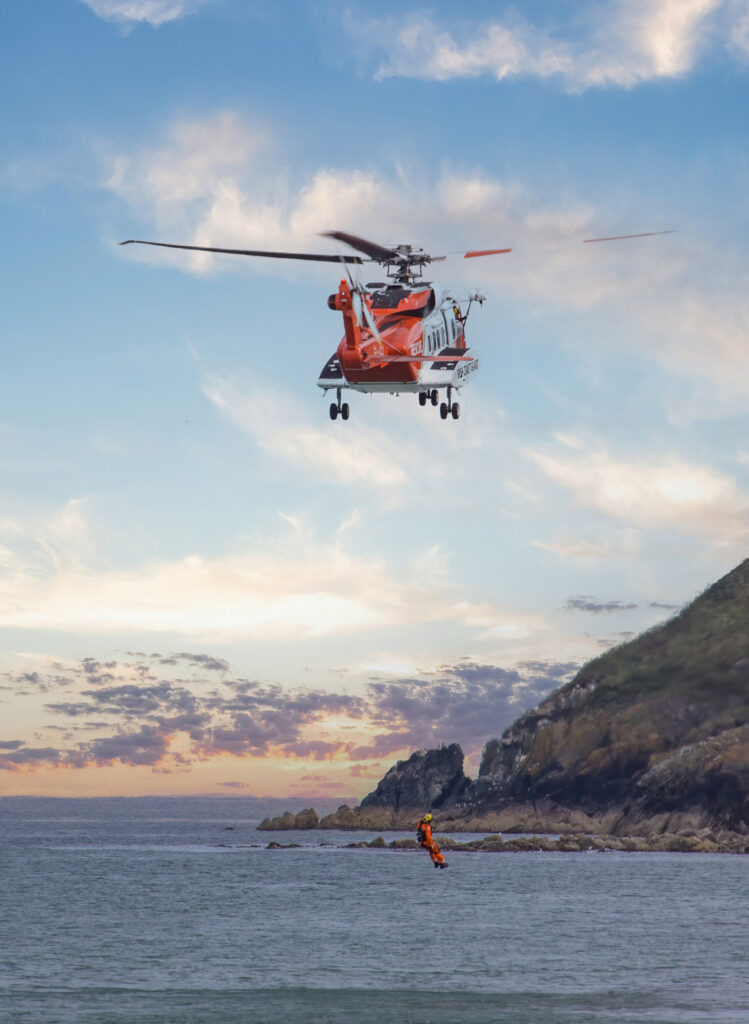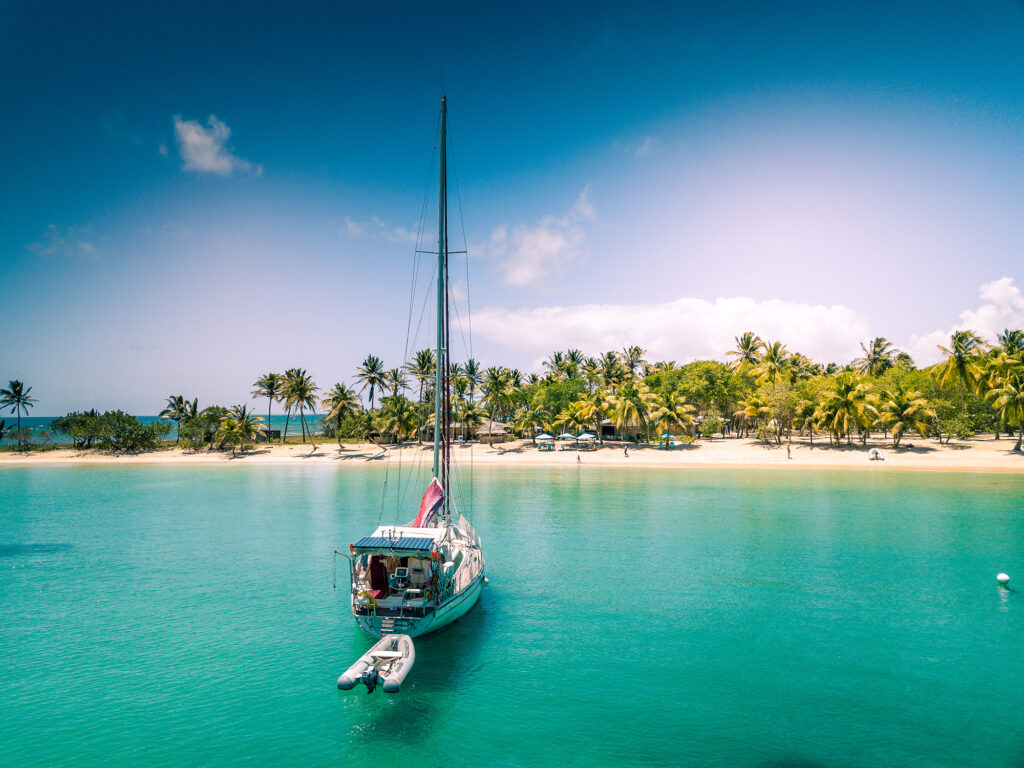
An incident last fall got me thinking. A yacht on its way from the East Coast to the Caribbean had a crew member fall ill. The cause was unknown to those on board. They called the rally’s shoreside support team from their Sat phone, but the team was unable and unqualified to deal with that specific medical situation. The crew member died.
With more and more older folks taking to sea on small boats, many on extended offshore voyages far from medical facilities, wouldn’t it be a good idea to have some means for accessing medical advice? A cell phone with WiFi access, Single Sideband (SSB), a smartphone or even a texting device like the Garmin InReach makes this possible. Still, a question remains: Which provider should you use?
A serious injury or unknown illness at sea, far from medical help, needs immediate attention, and a phone call, text message or email to a medical professional ashore in that situation can save a life. There are numerous plans and memberships on the market that cover telemedicine, training, custom medical kits—even evacuation from the boat or repatriation to your hospital at home.
For years, I’ve relied on freely available support from Maritime Rescue Coordination Centers (MRCC). MRCCs are part of an international network under the UN’s International Maritime Organization to monitor the sea lanes with the objective of swift response to emergencies, such as vessels in distress, rescue and evacuation of people. Radio medical advice is available free of charge to provide support in cases where an individual suffers either illness or an accident at sea. The advice is intended to supplement the first aid training of the ship’s crew and the written guidance that is available. This requires SSB. It’s important to remember that the ocean is a vast place and, while communications have improved dramatically in recent years thanks to satellite communications, it’s still difficult for shore-based services to physically implement a rescue operation offshore. The emphasis is on rescue “coordination,” since the actual rescue will normally be handled by other maritime vessels who happen to be in the vicinity and can divert to help. This link has numbers for quite a few MRCCs worldwide.

Divers’ Alert Network (DAN), which has been around for almost 40 years, was originally conceived for SCUBA divers needing emergency evacuation to a decompression chamber. There’s now DANBoater.org, which offers an annual subscription of $60 per individual or $100 per family, but not crew. It’s not medical insurance (though they do offer it), and it does not cover doctor or hospital care, however, first responders (those answering your call) are EMTs and can advise on how to stabilize a patient while they coordinate evacuation to the nearest medical facility, which is covered by the subscription. If the situation is deemed necessary, repatriation to your home hospital is possible. DANBoater offers other additional coverage, which is detailed on their website.
Global Rescue has been around since 2004 and provides global medical services to explorers, extreme skiers, mountain climbers and sailors who go off-grid. To name drop, NASA and National Geographic are clients. You can contact Global Rescue’s hotline via phone from your yacht, the top of a mountain or a tropical island and speak with a medical professional who will walk you through stabilizing a patient. If more serious medical treatment is needed, the service arranges for evacuation to the nearest appropriate medical facility. Once at a shore-based medical facility, Global Rescue’s medical team will consult with the onsite doctor, and if agreed upon, they may authorize and cover repatriation to the patient’s home hospital. Global Rescue basic subscriptions are not medical insurance. Doctors, emergency room or hospitalization costs are not covered, though they do offer these as add-ons. Both have age limits, which can be extended. The Global Rescue website has an easy-to-complete form that gives you an immediate annual membership fee based on your age and the length of time you expect to be away. When I plugged in my information, I found that 30 days of coverage would cost me $259. A full year would cost $2,000.
GW Maritime Medical Access is a telemedicine group based in Washington, DC, providing immediate medical advice via phone to crews aboard ships, yachts and planes. All calls are taken by a call center staffed by EMTs and all calls get transferred to a board-certified MD. GWMAritime.com is also a direct link. If you can send photos or stream video, all the better. GW Maritime Medical Access has partners that will build custom medical kits for any size operation to include prescription medications. If advisable, they can work with Search & Rescue units, possibly DAN or Global Rescue if you are a member, to get you to the nearest medical facility. The cost for one month is $150. A year is $1,380.

Medaire is a medical service company working with crews on superyachts, airlines and private charter jet clients. They have a hotline, conduct custom training for yacht crews, and will even help assemble your medical kit. The superyacht community is their primary client, but they do offer a package for the private family yacht.
Medical Support Offshore is a UK based telemedicine firm for mariners with a range of services, including telemedicine, crew training and tailored onboard medical kits.
In practical terms, for my personal upcoming cruising endeavors, I’m considering a DANBoater subscription ($60) combined with one month of GW Marine’s telemedicine subscription ($150), to cover me on an offshore delivery north. By the way, my GW subscription would cover the entire crew, while my DAN subscription would only cover me.
As the options are many and complex, this brief article is intended to be a basic introduction to telemedicine for skippers and crews venturing away from land-based medical facilities. If you should find something better that works for you, let me know at DHLyman@mac.com.








